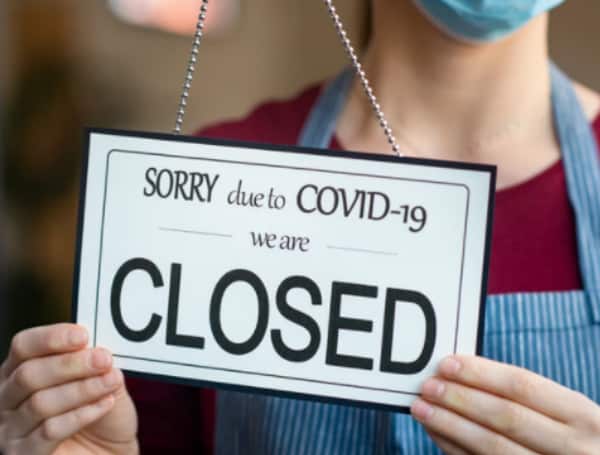We’re into year three of the COVID-19 pandemic. From mask mandates to vaccine passports, government restrictions on our liberties remain in place.
We’re into year three of the COVID-19 pandemic. From mask mandates to vaccine passports, government restrictions on our liberties remain in place.
But, thankfully, at least in the US, the era of lockdown orders confining Americans’ to their homes to “slow the spread” is over.
Unfortunately, a new meta-analysis of studies shows that all the pain and sacrifice we endured from those orders achieved little—despite their tremendous costs.
The new research review was led by economist Steve Hanke and published by Johns Hopkins University. It evaluated 24 relevant studies examining lockdown stringency, the impact of stay-at-home orders, and the effectiveness of specific restrictions. The meta-analysis concludes that “lockdowns have had little to no effect on COVID-19 mortality.”
Why wouldn’t stay-at-home mandates effectively combat the pandemic? Well, to some extent they simply delayed the inevitable. Plus, research has shown that most COVID-19 spread actually occurred at home.
“Micro evidence contradicts the public-health ideal in which households would be places of solitary confinement and zero transmission,” University of Chicago economist Casey B. Mulligan concluded. “Instead, the evidence suggests that ‘households show the highest transmission rates’ and that ‘households are high-risk settings for the transmission of [COVID-19].’”
So, however disheartening it may be, it’s hardly surprising that Hanke and co. found such minimal public health impact from lockdown policies.
“Stringency index studies find that lockdowns in Europe and the United States only reduced COVID-19 mortality by 0.2% on average,” their new research concludes. “[Stay-in-place orders] were also ineffective, only reducing COVID-19 mortality by 2.9% on average. Specific [non-pharmaceutical restriction] studies also find no broad-based evidence of noticeable effects on COVID-19 mortality.”
But the costs of these draconian measures weren’t minimal at all. They devastated the economy, pummeled the working class, fueled a youth mental health crisis, led to record-breaking drug overdoses, worsened a crime wave, delayed life-saving medical treatments, and so much more.
These devastating results offer a vivid reminder of a crucial lesson. When central planners, in their hubris, ignore the fact that their actions will have sweeping consequences beyond their intentions, human suffering ensues.
“It’s not enough… to endorse legislation that has a nice title and promises to do something good,” economist Robert P. Murphy wrote for FEE. “People need to think through the full consequences of a policy, because often it will lead to a cure worse than the disease.”
When it comes to lockdown policies, the “cure” has indeed proven far more harmful than helpful.

Brad Polumbo
Brad Polumbo (@Brad_Polumbo) is a libertarian-conservative journalist and Policy Correspondent at the Foundation for Economic Education.
Visit Tampafp.com for Politics, Tampa Area Local News, Sports, and National Headlines. Support journalism by clicking here to our GoFundMe or sign up for our free newsletter by clicking here.
Android Users, Click Here To Download The Free Press App And Never Miss A Story. Follow Us On Facebook Here Or Twitter Here.

COMMENTS